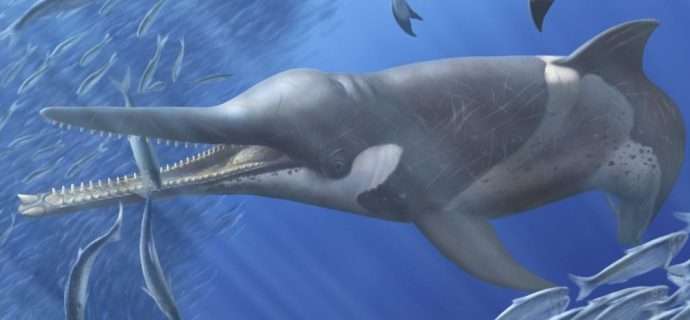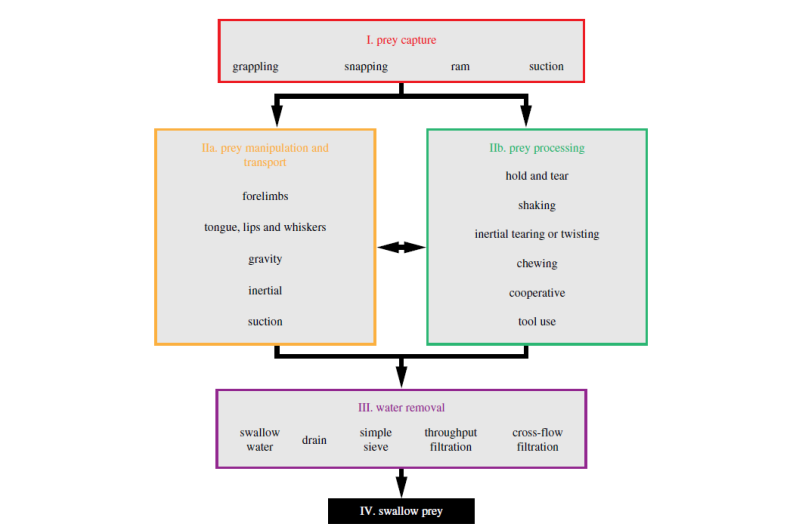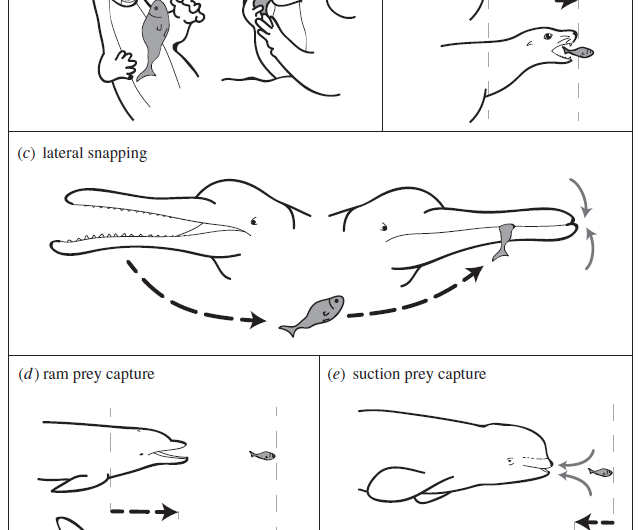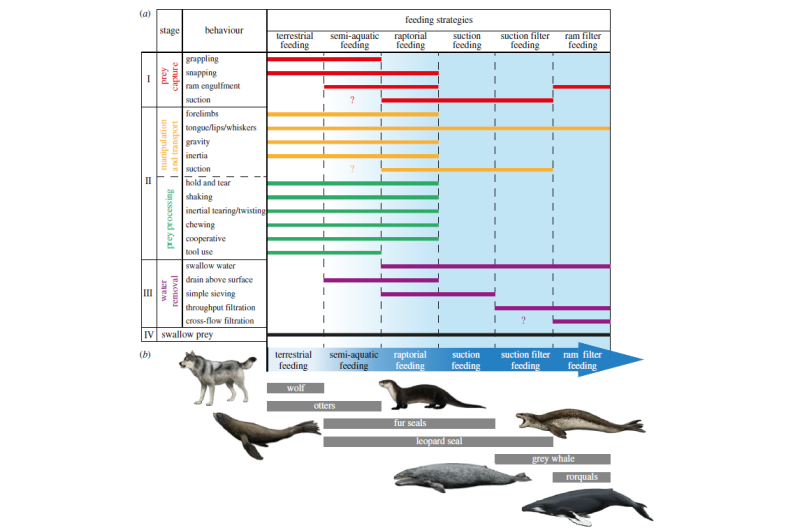Whales, dolphins, and seals all follow the same evolutionary patterns

From the poles to the equator, marine mammals such as seals, dolphins, and whales, play an important role in global ecosystems as apex predators, ecosystem engineers, and even organic ocean fertilisers. They occupy a diverse range of habitats, from deep sea environments to the Earth's rivers and coastlines, and continue to astound us with their natural beauty.
But did you know that all marine mammals descended from common land-dwelling ancestors? It might be difficult to see that by looking at modern species alone, but that's where the fossil record comes in handy. An accurate picture of their evolution is crucial for helping us to understand the structure of increasingly threatened aquatic ecosystems.
By looking in detail at the fossilised ancestors of marine mammals in order to understand their ecology, we can see that terrestrial mammals returned to the seas millions of years ago – this makes them secondarily aquatic. A major part of this involved the morphological and behavioural adaptations required to become specialised oceanic feeders. Anyone who's ever tried to eat underwater will know exactly what we mean.
Researchers in a recent study have reviewed the patterns of evolution in predatory marine mammals, and constructed a behavioural framework that helps to explain the transition to being able to successfully feed in water.
What they found is that all the different types of marine mammals seem to follow the same large-scale patterns, the same sequence of adaptations, as they became more specialised for underwater feeding. This has resulted in three distinct feeding groups in modern and extinct species: those that use their teeth and jaws to capture prey (raptorial feeders), suction feeders, and filter feeders, such as the largest whale species.

The new framework seeks to explain these adaptations by involving a cycle consisting of four different stages: prey capture, prey manipulation and processing, water removal, and prey swallowing. Each stage is part of a logical sequence that follows a terrestrial origin through to an increasingly marine feeding style.
Each part of the cycle also requires a distinct set of morphological adaptations in order to achieve, and therefore a different behaviour, but remains common as a process for each marine mammal lineage. Some animals even have the ability to use two different strategies on different prey types. For example, a leopard seal might use a 'raptorial' style when hunting a penguin, but can also filter feed when consuming krill (the other way around might be more difficult).
This implies two things, evolutionarily. Firstly, that an ability to feed underwater is constrained in terms of the process of adaptation – you need to follow a specialised set of rules in order to survive. The same sort of pattern can be seen in birds, pterosaurs, and bats – all distinct lineages that independently learned how to fly. Secondly, as marine mammals also occupy a range of different feeding styles, from filter feeders to hypercarnivores, this process of adaptation seems to ultimately open up a wide diversity of possibilities for feeding behaviours.

This is important, as it shows us how using the fossil record opens up the process of evolution, as opposed just to looking at a product of it by focusing exclusively on modern animals.
Lesson: Don't try and understand evolution without looking at the fossil record.

More information: David P. Hocking et al. A behavioural framework for the evolution of feeding in predatory aquatic mammals, Proceedings of the Royal Society B: Biological Sciences (2017). DOI: 10.1098/rspb.2016.2750
Journal information: Proceedings of the Royal Society B
Provided by PLOS Blogs
This story is republished courtesy of PLOS Blogs: blogs.plos.org.


















